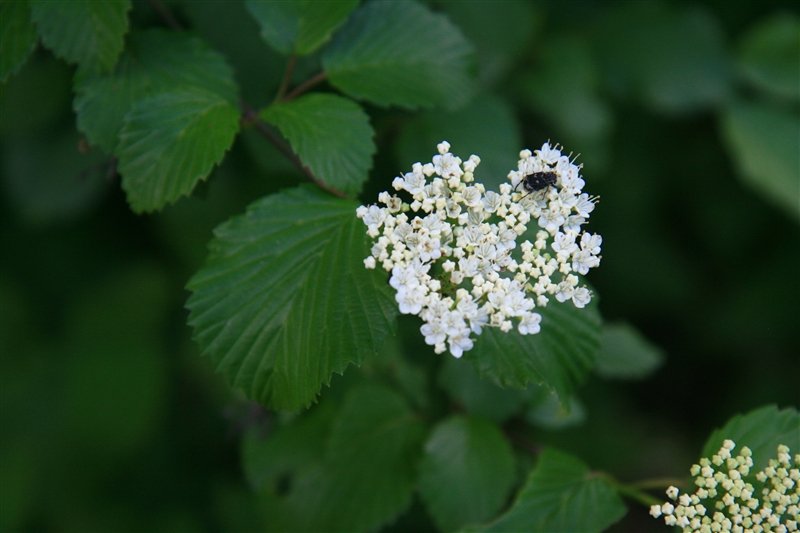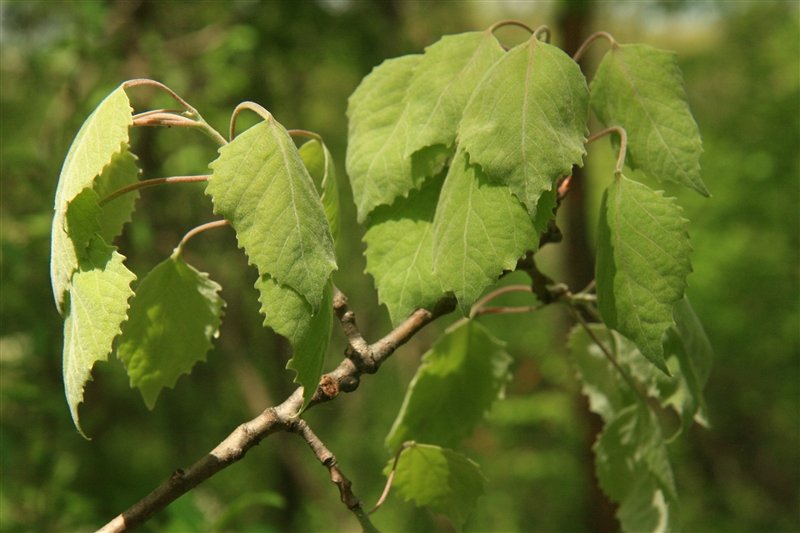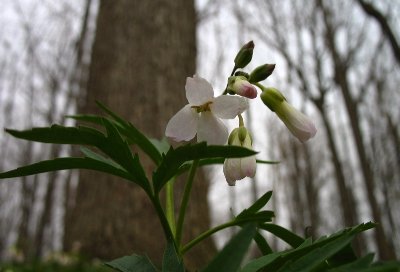Even the Plants Have Teeth
Some days it seems like the Sindecuse Museum staff see teeth everywhere we go and this spring is no exception. Today it’s plants with teeth. We’re lucky to work on in a research campus here in Ann Arbor, so we checked in with the experts at Matthaei Botanical Gardens & Nichols Arboretum to find out more. Here’s what we learned:
When the Latin dentata (same root word as dentistry) appears in a plant name it signifies a tooth-shaped appearance. This can mean a tooth-like appearance to the edges of leaves or any other part of the plant, says curator Dr. David Michener.
Chad Machinski, who is caretaker of the Matthaei Botanical Gardens & Nichols Arboretum, shared these toothily-named plants that are native to Michigan.
Castanea dentata, American Chestnut
Populus grandidentata, Big-Tooth Aspen
Sibbaldioposis tridentata, Three-toothed Cinquefoil
Viburnum dentatum, Arrowwood
”In addition,” Machinski wrote, "there are a few that don't have "dentata" in their scientific name anymore, but do have "tooth" in their common name. The following had been in the genus, Dentaria but are now in the genus, Cardamine: “
Look out for these, and other plants with teeth on your spring tours in U-M’s gardens or wherever you like to enjoy nature and take in the change of seasons. And be sure to check out their website for maps, many more images, and to learn all about their projects: https://mbgna.umich.edu/



Above, you’ll see an insect visiting the white blossoms on Viburnum dentatum, Arrowwood in a photo by by A. A. Reznicek; the young leaves of Populus grandidentata or the Big-Toothed Aspen in a photo by by A. A. Reznicek; and the Cut-Leaved Toothwort (Cardamine concatenata but formerly known as Dentaria lacinata) by Ann Arbor Natural Area Preservation; all from University of Michigan Herbarium photographs.
